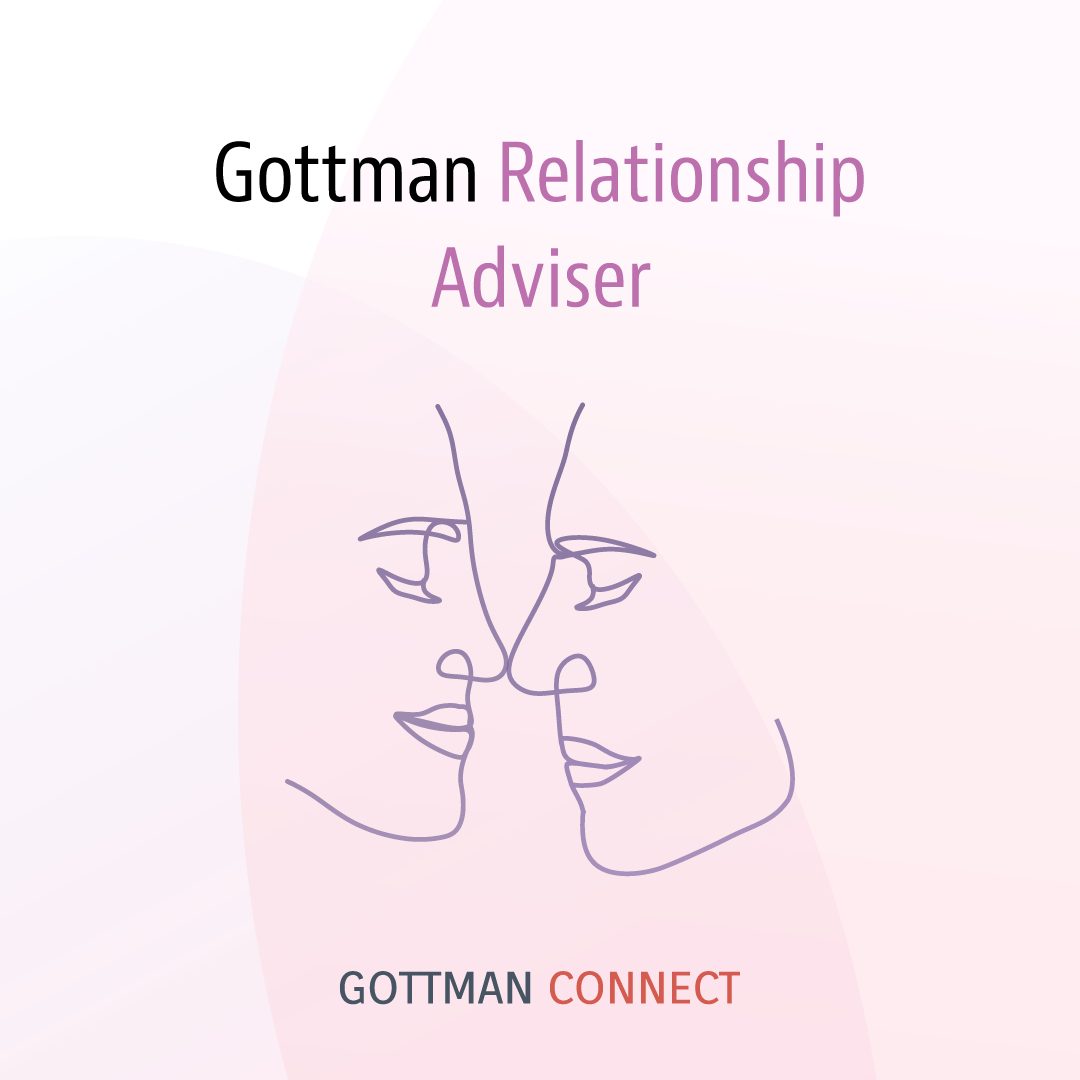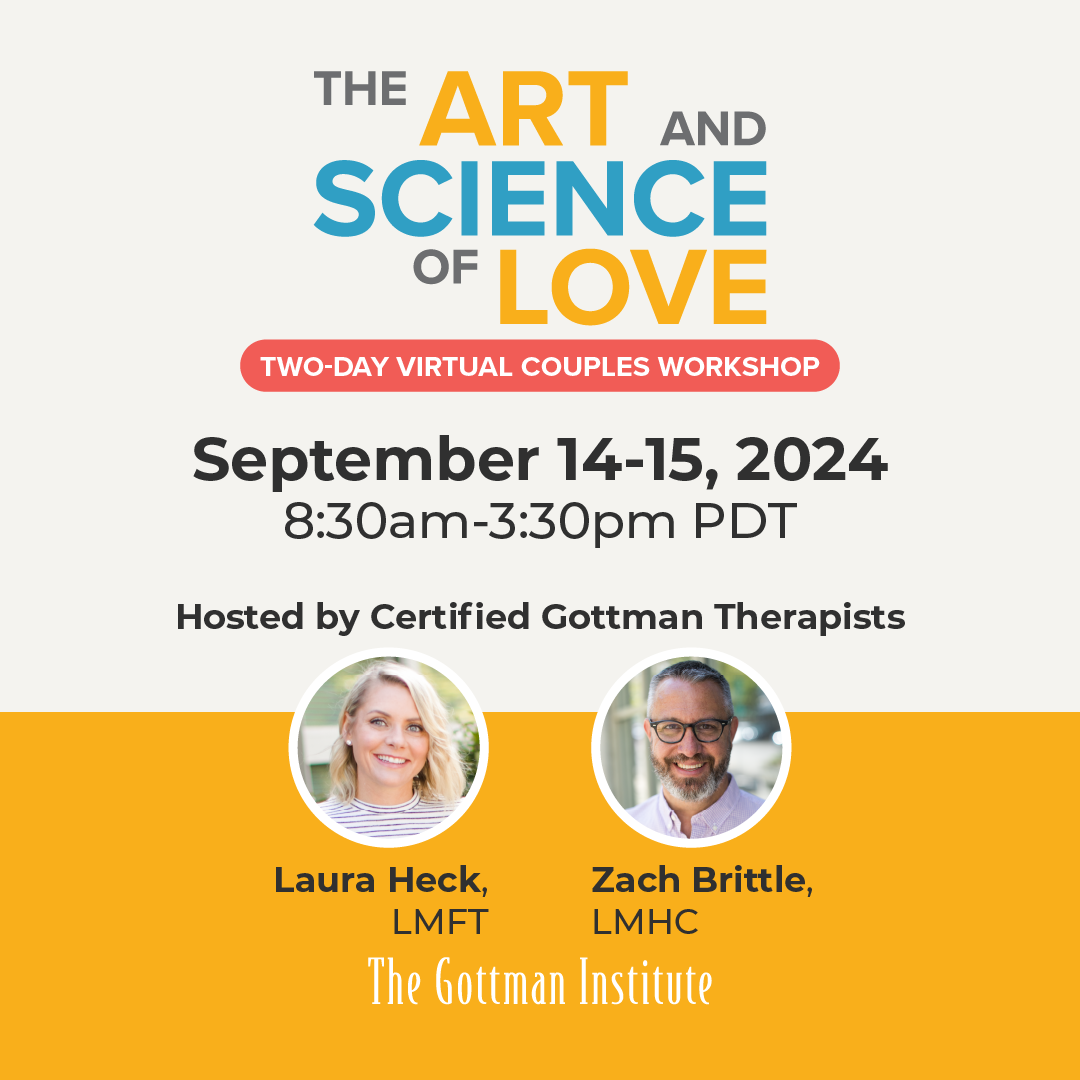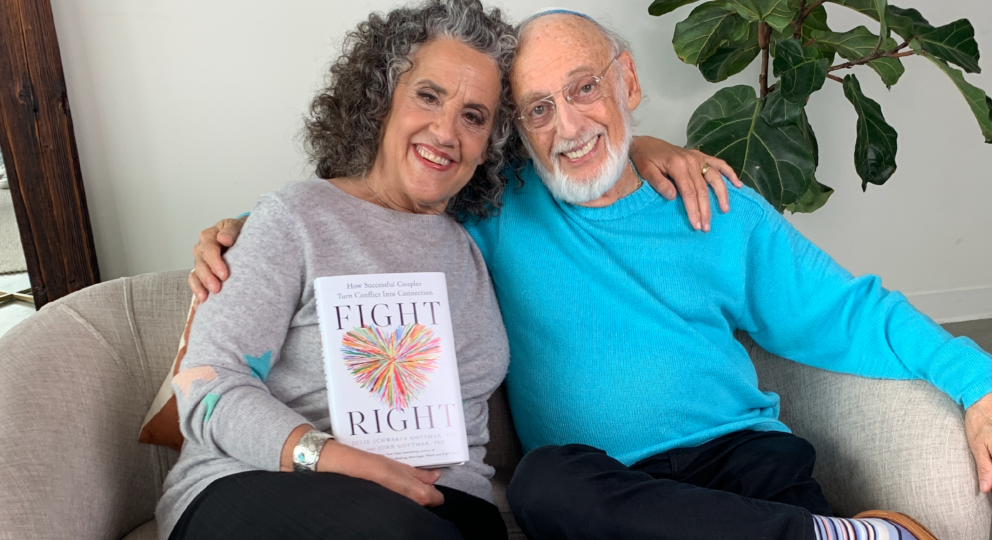National Domestic Violence Hotline
If you’re in an abusive relationship, you are not alone. Call the National Domestic Violence Hotline at 1−800−799−7233 or TTY 1−800−787−3224. You can also visit the website.
Understanding Anger
It can happen in a moment. We are having a conversation and suddenly, or not so suddenly, bam!, our partner says something that lights up our internal fuse. It’s amazing how efficient our brains are in mobilizing a fight or flight response, leading of course, to withdrawal, or full-on engagement, or feeling frozen (as in deer in the headlights).
Of course, we think there is something wrong with our partner’s brain, not our own brain. Hold that thought. The fight version gives voice to our incredulous reaction with themes and variations on “How can you think that?” and “What’s wrong with you?” The withdrawal version has the same internal thoughts but played out in silence. The frozen version is shutting down as a numbed reaction.
While it is normal for healthy couples to get angry, express negativity, and respond with negativity, some versions of anger are destructive, while other versions are actually constructive. The positive aspects of anger will be covered in another article.
Anger is not always a secondary emotion to some other underlying cause. There are instances when anger is an understandable and appropriate response. Reactions to injustice or advocacy for equality or fairness requires anger to mobilize steps for action and for change.
Unlike anger that is tripped by common day-to-day frustrations leading to irritability between partners and manageable negativity between partners (that’s normal), I am referring to an immediate and destructive flash of anger (or hurt) that forms our response to our partner and gets in front of our ability to put the brakes on. Usual filters and better judgment take a back seat to an escalated angry response that seems to come out of the blue.
Maybe the Issue Is What’s Going On In Our Brain, Not Our Partner’s Brain.
So what happens in our brains when there is a strong angry reaction that is triggered creating a remarkable inability to communicate? It has to do with the sympathetic nervous system activated by small almond-shaped structures in our mid-brain called the amygdala. Associated with the memory functions in our brain, the amygdala sends signals of perceived threats, putting out an alarm that in turn activates neurotransmitters (catecholamines) that increase heart rate, blood flow, blood pressure, and breathing. This process then activates other neurotransmitters and hormones, like adrenaline or noradrenaline that further increase physiology sustaining the anger and on-alert state. This complex set of responses is referred to as “flooding.”
Chronic Flooding is Equated with Bad Outcomes in Relationships
It is important to note that when partners get flooded, reactions are intense, come quickly, and are involuntary. What that means is that the amygdala is running the show and the prefrontal cortex—the part of the brain associated with judgment and impulse control—is temporarily disengaged and not available. It becomes about survival, even though we may not be aware of what actually got triggered and what the underlying triggers are about.
Triggers are Related to Personal History
Triggers are based on events in our own history that the brain encodes at the time and stored for future reference and safety. When there are events in our life that have any similarity or remind us of previous negative events in our history, our brain perceives a threat and gets activated.
Enduring vulnerabilities are events that create an emotional wound that can be activated and re-lived in real time. The past becomes the present in those moments.
Since flooded reactions are so intense and seemingly out of the blue, it is confusing to couples about what is actually happening. It all seems out of proportion and an over-reaction. When we can begin to understand that flooding occurs when deeply felt emotions are being triggered, then we will be less likely to misinterpret the reaction as “crazy” or “oversensitive.” It is how humans are wired—to anticipate danger—and find ways to feel safe.
Flooding: What to Look For
Strong reactions do not necessarily mean someone is flooded. Flooding reflects a physiological response to threat usually signaled by a heart rate over 100 bpm. A resting heart rate typically could be in the 60-100 range, so noticing the heart rate is above, or well above 100 is something to look for. Of course resting heart rates will vary from individual to individual and is impacted by physical health, medications, and other factors.
If there are sudden and strong emotions that feel overwhelming and/or responses that seem on the surface to be overreactions, then flooding may have signaled the alert system and self-protection is the priority. While a declarative memory is one which we are aware of, flooding tends to trigger a non-declarative memory—a memory you can’t access but you feel—in other words, a feeling memory.
A couple I saw in my office spoke about a fight they had when on a camping trip. Pedro and Alicia (not their real names) had taken Jackie, their seven-year-old, camping. They were packing up when Pedro noticed a yellow jacket circling around Jackie. Alicia was closer to her, so Pedro yelled out to Alicia to get Jackie while he ran toward them. Unfortunately, Jackie didn’t understand what Pedro was saying and while she asked him what he wanted, the yellow jacket stung Jackie. Pedro flew into a rage and yelled at Alicia, accusing her of not being an attentive mother.
This interaction was not typical. Pedro was not normally accusing or blaming, and in fact, often stated that Alicia was a wonderful and loving mother. So what happened? It turns out that Pedro grew up in a large family. As a middle child of five, he was often left to fend for himself. While he understood as an adult that his parents did the best they could, he was triggered when he saw that Alicia was not aware that Jackie was in harm’s way. His midbrain was instantly activated sending out alerts and the emotional memory of neglect which defined his reality in that moment. The thinking rational part of the brain was not accessible.
When we reviewed what happened and how and why Pedro reacted, a very different conversation gave a very different meaning to the negative interaction. Pedro had already apologized for his behavior to Alicia; however, he felt shame and confusion about his reaction prior to figuring out that he was triggered. When Pedro and Alicia learned about triggers and flooding, they began to understand their conflicts in an entirely different way. Additionally, they talked about what to do when either got flooded. While we are all responsible for how we handle our emotions, it is a lot easier to handle those emotions when we understand what is underneath them.
Strategies to Handle Flooding
When you notice that one or both of you seem to be flooded and overwhelmed, then it is important to agree to take a break from the conversation. This works best if both partners agree to a signal that it’s time to take a break from the conversation. This really works as a preventative strategy, before things escalate. One research study identified a 20-minute break on average for the parasympathetic anti-stress hormones to put the brakes on runaway emotions.
Once you both agree on how to signal a break, plan on doing anything that helps you to avoid “distress rehearsing thoughts,” playing over in your mind what just happened. Thinking about your partner and the conversation keeps the physiology going. Instead, read, take a walk, meditate, listen to the radio or podcast. Do anything that takes your mind off the incident.
After you are both calm enough to have a conversation, make sure you approach each other to try again. This time things are likely to go better when the mid-brain isn’t running things.
At some point, it can be very helpful to discuss what triggers might have been pushed. “I’m guessing my strong reaction might have something to do with usually feeling ignored as a kid. I hate that feeling.” This is the time for the partner to show compassion, not judgment. A great response would be to validate your partner’s vulnerability in sharing a trigger. “I can see why my not responding to your question could really trigger that feeling.”
When Anger is Positive in a Relationship
This article has been about negative anger. Gottman research has identified this flooding state as one of the predictors of relationship meltdown when it is pervasive and characteristic of how couples manage anger. The research also points to the healthy and constructive versions of anger that actually increase closeness and intimacy. Read the follow-up, “The Positive Side of Anger in Relationships: A Doore to Increasing Intimacy.” We know what works and what doesn’t work in managing conflict.
Dr. Robert Navarra originally posted this article here.










